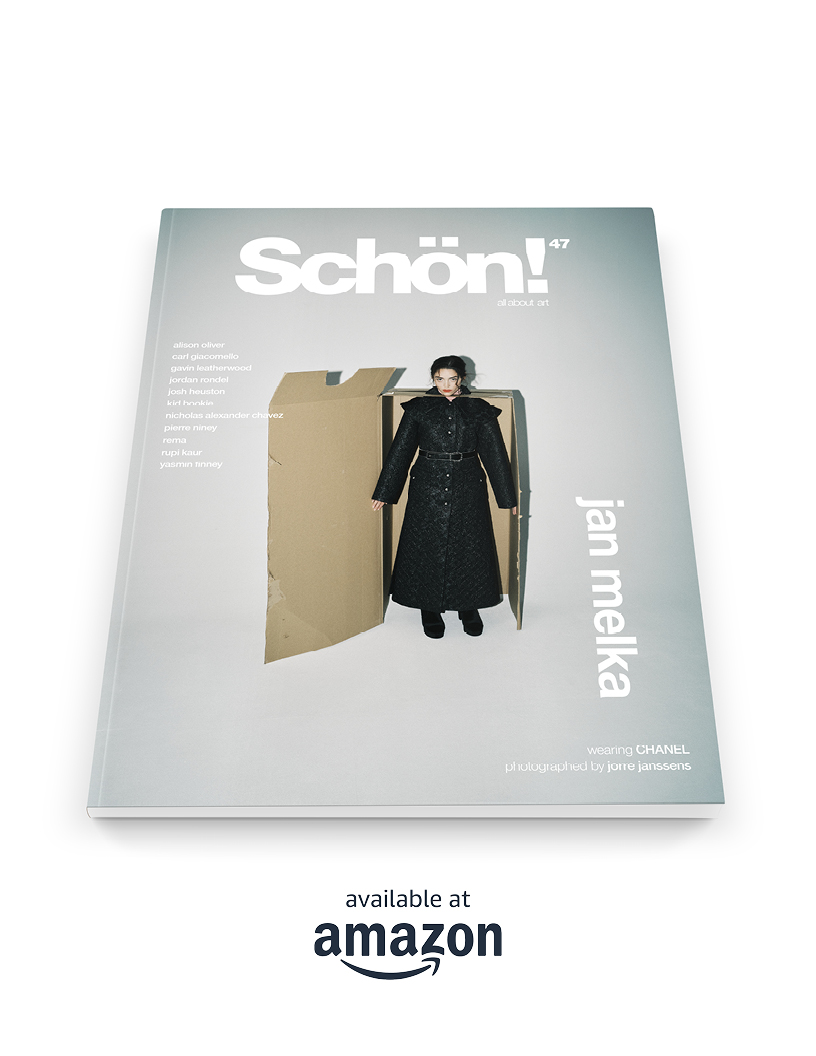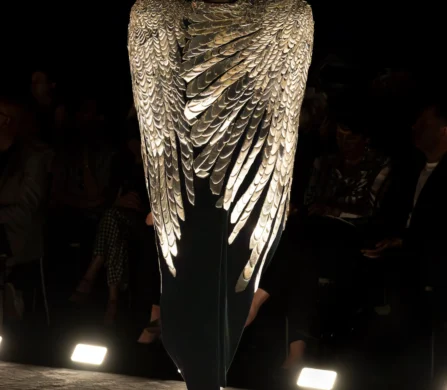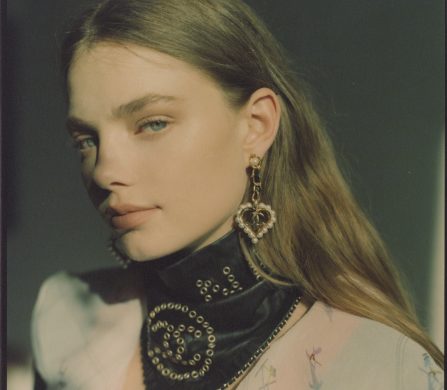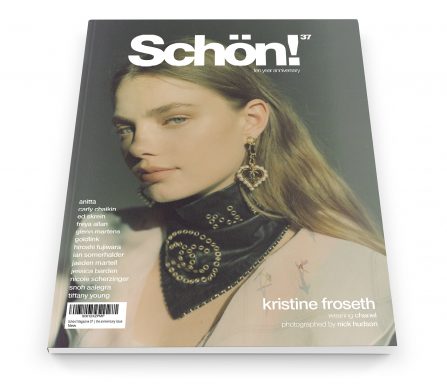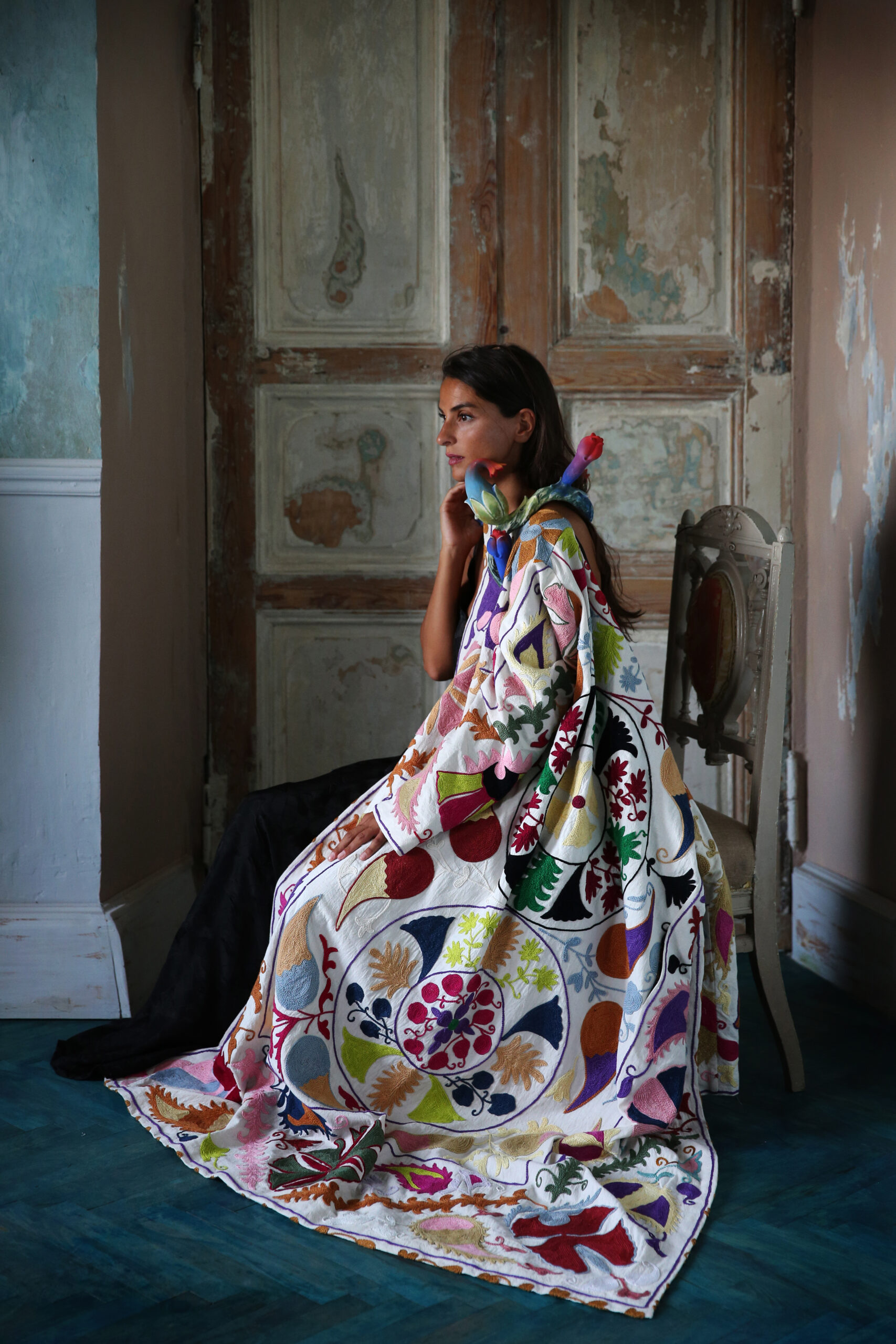
“Buy better buy less” is a handy slogan for the fashion business in times of ethical and sustainable concerns, however for many, it spells “buy better buy boring”. Right now, stylists, trend spotters and editors are referring to the trend for stealth wealth, quiet luxury, the “Succession” trend and the low-key story of investment dressing. But in fact, it is only part of the whole shift in the interest in expensive pieces, and indeed quiet luxury is in many ways a trend, whereas buying more thoughtfully is here to stay. The fashion business needs us to shop, and by instructing us to buy less across the board, we know what they mean is – we make great pieces to invest in, please buy from us.
It’s obvious that, if we think about it, the fact is that the theory clearly works. Buying fewer clothes and making them last longer is a good idea. We all need to get dressed and if to help the planet we buy good quality pieces, which need replacing less often, that is a move away from disposable and fast fashion and it is sensible. Thinking about this though, it is clear that there are three, hopefully useful, points about all this for consideration.
So, firstly let us return to the concept, idea, focus and reasons for a classic base for the buy better buy less wardrobe. This should at any level be the foundation of getting dressed, whatever gender or age, and wherever you’re based. The basics change anyway, so a pair of black trousers as a basic does a different job to a pair of chinos, or jeans. A white t-shirt and a great marl grey t-shirt likewise. So, let’s not run away with the idea that a basic or a classic is one size fits all. This directly affects the building of the wardrobe, indeed there may be requirements for two or even three sets of basics. Lifestyle and location must play a part in what and why you buy something, and to simply follow editors’ advice or a trend is foolhardy and also wasteful if you don’t wear it. One of the key points of buying less is the pieces should work hard for you!
The second point is regarding only having simple and basic or classic pieces as your single option to wear. Over the last few decades, we have educated people more and more about what to wear, what suits the individual and how to edit a wardrobe of clothes that mixes fashion and classics, occasions and at home. Indeed, during the global pandemic, everyone perfected leisure wear. The question is how can buy better buy less be interesting, and not down to just buying a quality t-shirt which lasts many times longer than the cheap one?
Its clear that if we think long and hard about why anyone who loves fashion, shopping and spending money on it, would suddenly want to just buy a restrained minimal wardrobe with pieces that don’t need replacing for ages. Also, a “curated” wardrobe of clothes where everything is in “perfect taste” so as not to date or go out of fashion isn’t necessarily interesting. We can pretty quickly conclude that it’s also about investment, non-essential and special pieces which add zest and energy to the wardrobe and also express the individual’s personality. The cooking analogy works perfectly here – food needs flavour, be it sweet or sharp, spicy or smooth, and fashion is the same; balance is vital.
If you’ve already got the perfect trench, what other coats do you need? If you’ve also then got a great camel coat and a nice navy one and probably a black, you’re totally covered.
So, you have room to have a magnificent “piece” a discovery, a name under the fashion radar, a look to treasure and only wear on special occasions. A piece to stroke and hang up to see when you wander into your bedroom. A piece that says “I’m a knowledgeable fashion purchaser. I curate my collection of clothes carefully and I know exactly why I purchased this stunning piece.” This kind of clothing piece isn’t vintage, it’s not got a famous designer label on it, and above all, it’s only recognisable to the real fashion cognoscenti, if even to them. It is expensive but of great quality, it exhibits fashion craftsmanship in some way, be that the construction, the details or the embellishment. It might even just be a truly special fabric or colour, but it’s never going to be seen in a watered-down version on the high street, it’s not a “trend” and it’s not classic, or essential and it’s certainly not part of a buy better buy less capsule wardrobe.
The third and final point is regarding fashion and looking much more broadly at how we buy across the world. Lifestyle, tradition, climate and so many influences and factors mean different attitudes to creating clothes. Since lockdown especially, looking inwards for inspiration, be it Nordic or tropical is more and more important. In the past cultural appropriation was key to many designers’ seasonal “inspiration”. Today we look to designers to celebrate their own cultural influences and often local and traditional skills. So, with this final point, it’s important to understand the benefits of the choices we can make. It is that we have more options for finding pieces with integrity, and personality and less focussed on the season or fashion, and more focussed on being simply beautiful. Therefore, incorporating pieces from across the globe offers long-term investment and takes us away from simply giving bigger and bigger profits to the huge brands and those men in suits.
words. Tony Glenville
